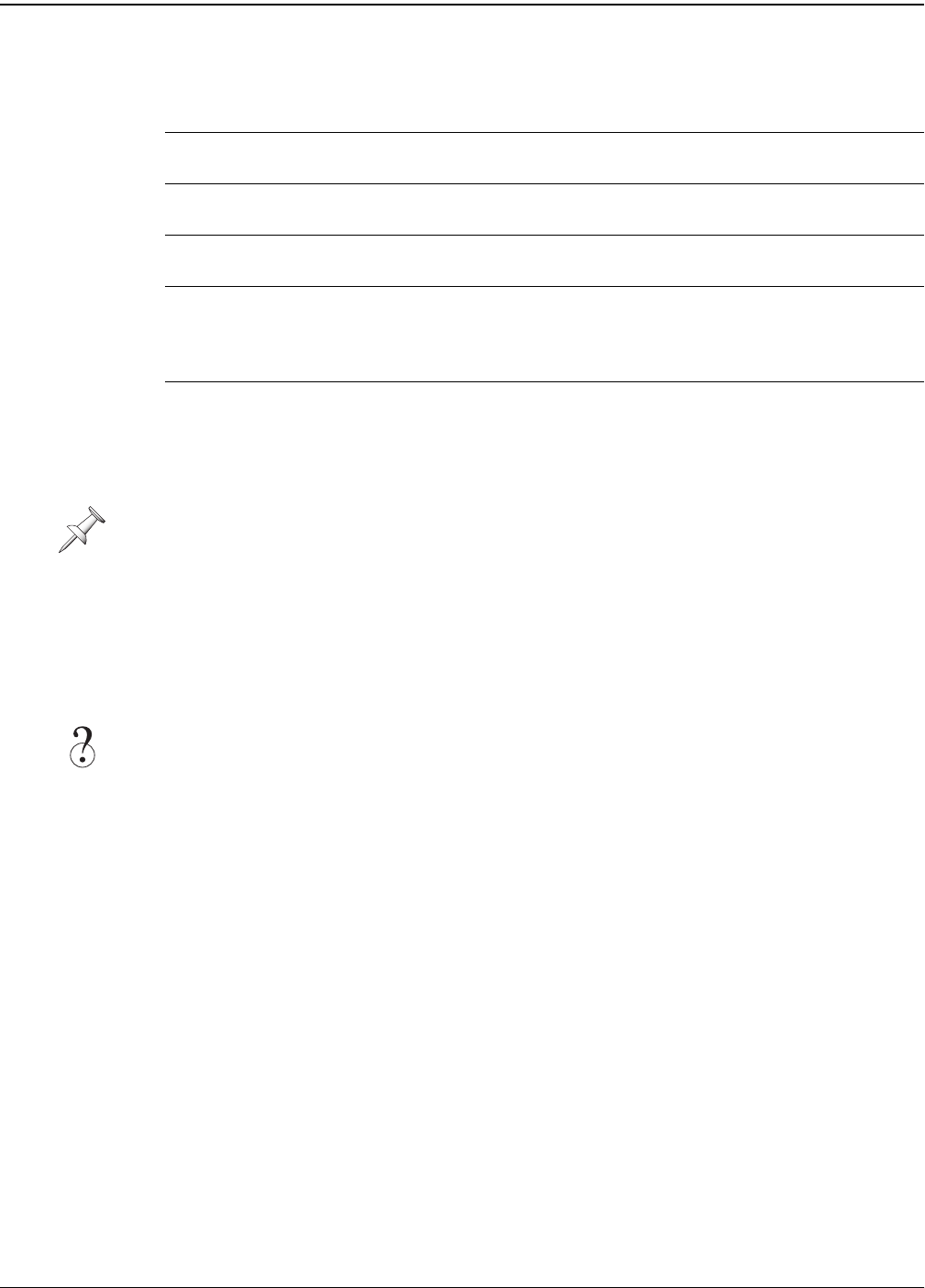
3—Introduction to the VS-2480
58 www.rolandus.com Roland VS-2480 Owner’s Manual
Although every bus is essentially the same thing—a pathway—busses are named for
the type of signal they typically carry. The VS-2480 provides the following busses.
Achieving Perfect Levels
In all digital recording, the best sound is achieved when a signal is at
just
below 0 dB in
level so that the audio takes fullest advantage of the recording device’s available bit
depth. You need to be careful, though: If the signal exceeds 0 dB, the signal will “clip.”
What’s “Clipping?”
Clipping is the introduction of clicking and other noises when a signal’s too loud.
There’s no really good way to get rid of these noises once they’ve been recorded. You
may have some success importing the audio into a wave editor with de-clicking tools,
but it’s best to avoid clipping in the first place.
How Do I Get Good Levels?
The goal, therefore, is to capture as loud a signal as possible without exceeding 0 dB.
Achieving a loud-but-not-too-loud signal is the challenge of digital recording. When
you’re working with audio that has a consistent, predictable dynamic range, it’s not
hard to accomplish. However, if your project swings wildly between loud and soft
passages—or if you’re recording musicians whose volume changes a lot—it can be a bit
more tricky.
Type of bus: What it does:
RECORD Each of these 24 busses carries signals to one of the hard disk
recorder’s tracks.
MASTER This stereo left/right pair of busses carries the VS-2480’s main
stereo mix to any number of possible destinations.
MONITOR This stereo left/right pair of busses carries signals to your
listening device: monitor speakers or headphones
AUX “AUX” is short for “Auxiliary Send.” The eight AUX busses carry
signals to the VS-2480’s internal effects. They can also carry signals
to outputs connected to external devices such as effect boxes or
headphone amplifiers for your performers.
DIR “DIR” is short for “Direct bus.” Unlike most busses, the eight
Direct busses don’t carry groups of signals—each one provides a
way to route a single signal directly to one of the VS-2480’s
internal effects, or to an output and an external device.
Don’t be confused by the name “R-
BUS
.” R-BUS isn’t a kind of bus—it’s Roland’s own
digital connector format. Of course, you can route some of the VS-2480’s busses
to
the VS-2480’s R-BUS connectors (Page 288) to send them to an external digital device.
Bit depth
VS2480OMUS.book 58 ページ 2006年2月7日 火曜日 午後4時16分


















